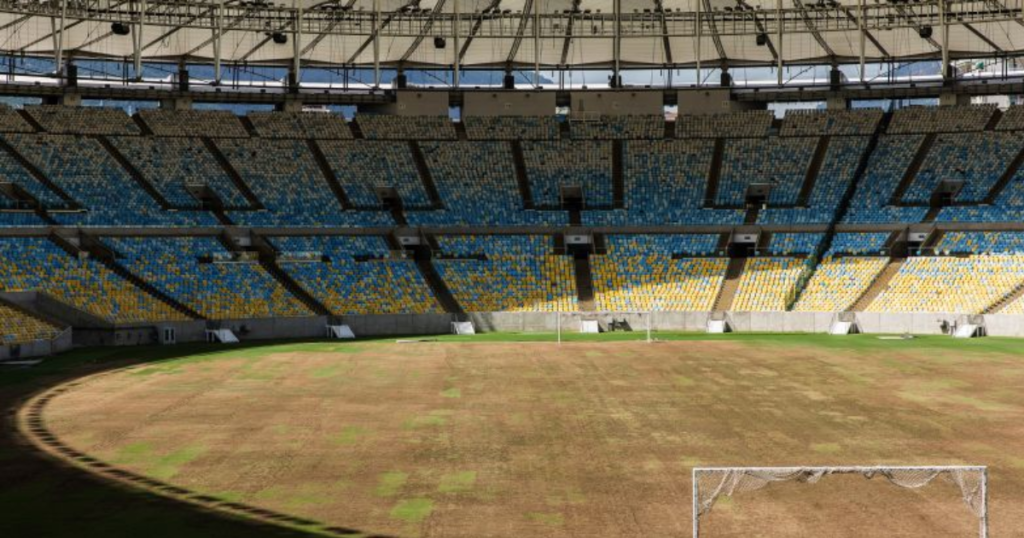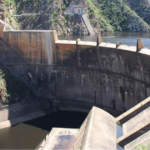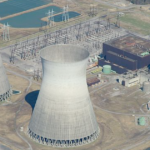Introduction
Stadiums represent the pinnacle of human passion for sports and entertainment. They are built to host epic battles, historical moments, and roaring crowds. However, not all stadiums get the chance to fulfill their purpose. Around the world, several grand sports arenas were constructed but never hosted a single game. These ghost stadiums, abandoned due to financial problems, political issues, or unforeseen circumstances, now stand as empty reminders of lost dreams and wasted investments. This article explores some of the most intriguing ghost stadiums and the reasons behind their abandonment.
The Estádio da Amazônia (Brazil)
Built for the 2014 FIFA World Cup, the Estádio da Amazônia in Manaus was meant to be a state-of-the-art venue showcasing Brazil’s love for soccer.
Why It Never Hosted a Major Game:
- The stadium was completed, but after the World Cup, it was barely used due to Manaus’ remote location and lack of major football clubs.
- Maintenance costs skyrocketed, making it financially unsustainable.
- Eventually, it was repurposed for other events, but it remains largely underutilized.
The Donbass Arena (Ukraine)
The Donbass Arena in Donetsk was a world-class stadium built for UEFA Euro 2012, home to FC Shakhtar Donetsk.
Why It Became a Ghost Stadium:
- In 2014, the conflict in eastern Ukraine forced the club to relocate, leaving the stadium abandoned.
- Structural damage from the war made it unsafe for use.
- Although the stadium still stands, it has remained empty, with no clear plans for revival.
The Pontiac Silverdome (USA)
The Pontiac Silverdome in Michigan was once home to the Detroit Lions and even hosted Super Bowl XVI in 1982.
Why It Was Abandoned:
- After the Lions moved to Ford Field in 2002, the stadium was left without a major tenant.
- Attempts to repurpose it for other sports and entertainment failed due to declining interest.
- The stadium was eventually demolished in 2017, marking the end of an era.
The Kayseri Atatürk Stadium (Turkey)
Built to replace an aging sports facility, the Kayseri Atatürk Stadium was a modern complex designed to host high-profile events.
Why It Never Hosted a Game:
- By the time construction was completed, a new stadium had already been built elsewhere.
- The government decided to repurpose the land, leaving the new stadium unused.
- It was eventually torn down, having never hosted a single match.
The Estadio Carlos Tartiere (Spain)
This Spanish stadium was constructed in the late 1990s as the new home for Real Oviedo, but it encountered serious problems before opening.
Why It Was Abandoned:
- Financial mismanagement led to the club’s bankruptcy before the stadium could be inaugurated.
- Political disputes prevented further investment to complete the project.
- A new stadium was eventually built in another location, leaving this one abandoned.
The Guangdong Olympic Stadium (China)
Built for the 2001 National Games of China, the Guangdong Olympic Stadium was designed to be a centerpiece of sports development in the region.
Why It Became a Ghost Stadium:
- The stadium was too large for regular use, and no major sports clubs wanted to move in.
- High maintenance costs made it impractical for smaller events.
- It remains in limited use for occasional concerts and exhibitions but is far from fulfilling its original purpose.

The Athens Olympic Baseball Stadium (Greece)
One of the many venues built for the 2004 Athens Olympics, this baseball stadium was intended to boost the sport’s popularity in Europe.
Why It Was Left Unused:
- Baseball is not widely played in Greece, leading to a lack of local interest.
- The high costs of maintaining the stadium meant it quickly fell into disrepair.
- The facility was eventually abandoned and remains a decaying relic of the Olympics.
The Giarre Stadium (Italy)
Located in Sicily, the Giarre Stadium was an ambitious project aimed at bringing professional football to the region.
Why It Never Hosted a Match:
- Construction was halted due to funding issues before it was completed.
- Local authorities struggled to find a use for the unfinished stadium.
- It remains an empty shell, a monument to wasted resources.
Conclusion
Ghost stadiums stand as eerie reminders of failed projects, economic miscalculations, and political turmoil. While some of these arenas still hold potential for repurposing, others may remain as decaying symbols of lost opportunity. Their empty stands and silent corridors serve as a lesson in the importance of long-term planning and sustainable development. Whether they are ever revived or left to fade away, these abandoned sports arenas remain fascinating pieces of modern history.


